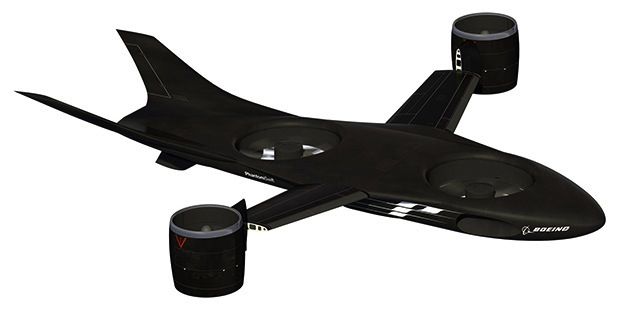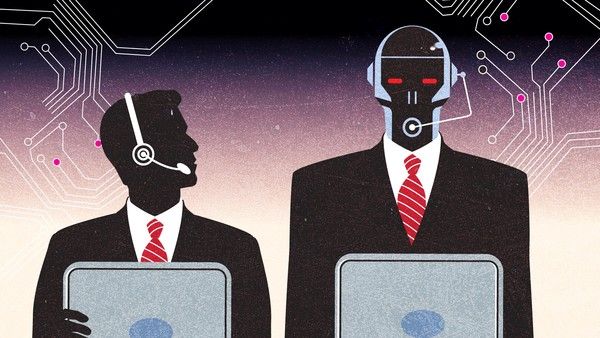Elon Musk made the electric car cool. Mark Zuckerberg created FacebookFB +0.40%. Ashton Kutcher portrayed AppleAAPL +0.79% founder Steve Jobs in a movie. Now, the three are joining in a $40 million investment in Vicarious FPC, a secretive artificial-intelligence company.
The funding round, the second major infusion of capital for the company in two years, is the latest sign of life in artificial intelligence. Last month, GoogleGOOG -1.18% acquired another AI company called Deep Mind for $400 million.
Vicarious has an ambitious goal: Replicating the neocortex, the part of the brain that sees, controls the body, understands language and does math. Translate the neocortex into computer code and “you have a computer that thinks like a person,” says Vicarious co-founder Scott Phoenix. “Except it doesn’t have to eat or sleep.”






